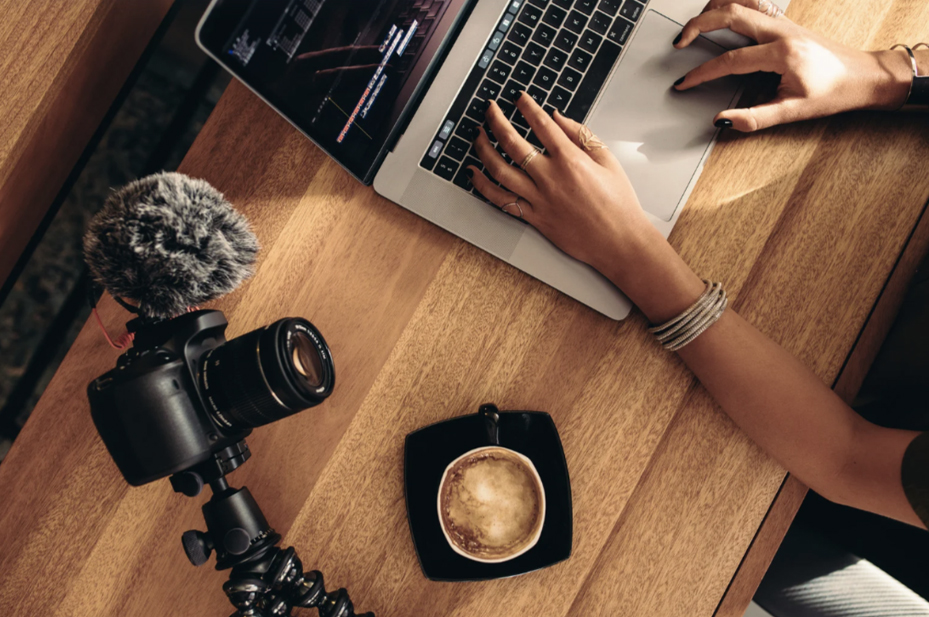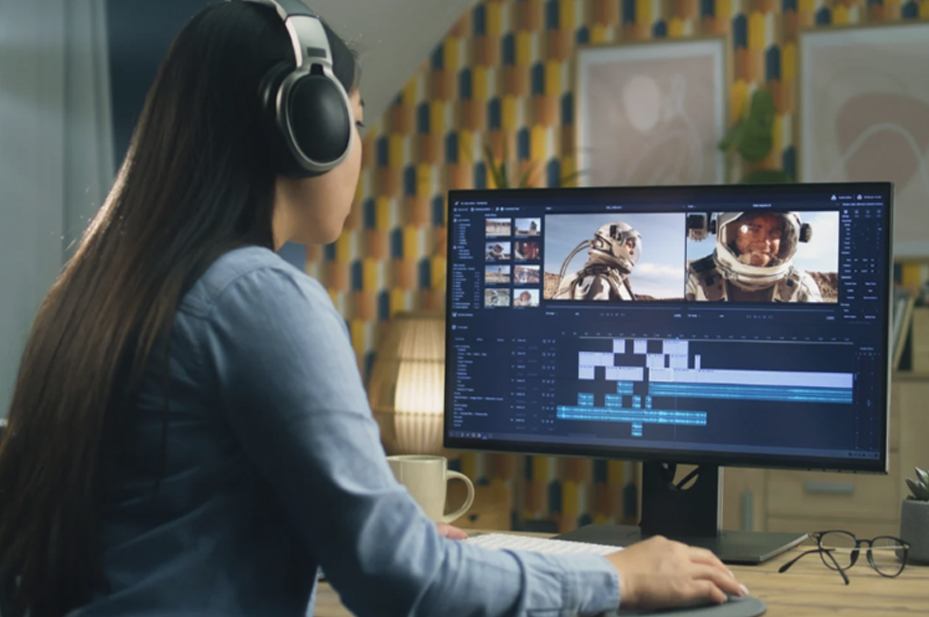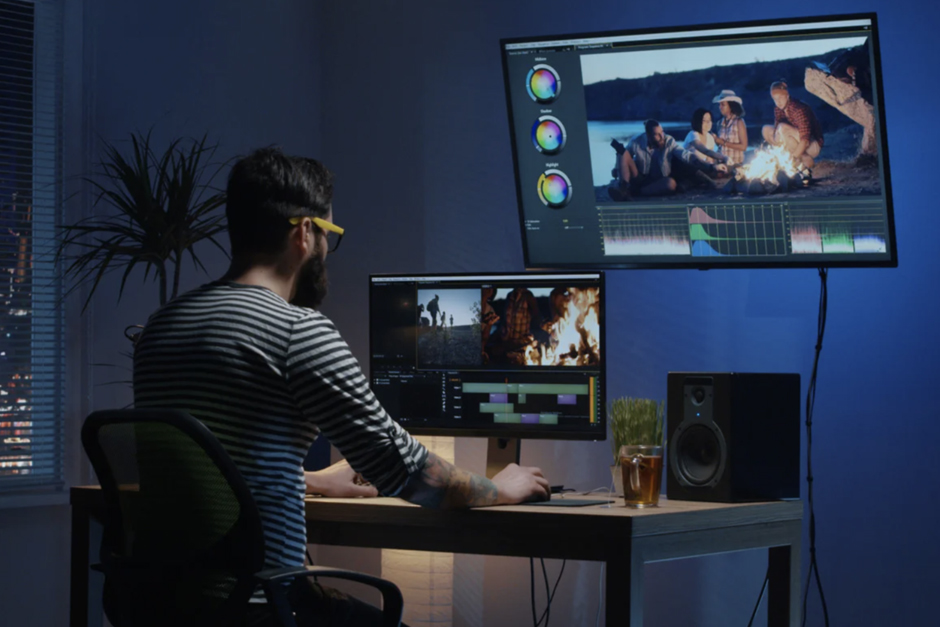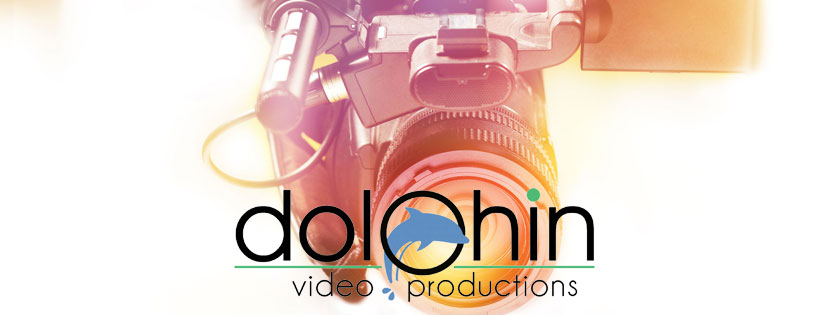In video production, the cut is where the real magic happens. It’s the single most powerful tool an editor has to control a viewer’s attention, pacing, and emotional connection. A perfectly timed cut can create urgency, land a joke, or intensify drama. A sloppy edit, however, will break the immersion faster than anything else.
Great editing isn’t just about putting clips in order; it’s about crafting a rhythm and a visual flow that makes the viewer feel like they have to watch the next second. Here are seven editing secrets focused on pacing, cuts, and transitions to ensure your audience stays hooked until the final frame.

1. Match the Action for Seamless Flow (Continuity)
This is the golden rule of invisible editing. Matching the action (also known as a match cut or continuity editing) means cutting between two different shots during the middle of a subject’s movement. For example, if a person is reaching for a coffee cup in a wide shot, you cut to a close-up of their hand finishing the reach.
- The Secret: The action should appear seamless, so the cut goes unnoticed. The viewer’s eye is tricked into following the movement, making the transition feel fluid rather than jarring.
2.Embrace the Jump Cut for Energy
Once considered a mistake, the jump cut is now a standard tool for digital content creators. It’s an abrupt cut that moves forward in time, usually on the same subject.
-
The Secret: Use jump cuts intentionally to accelerate the pacing and maintain a high energy level. They’re perfect for condensing unnecessary pauses, “ums,” or moments of silence in vlogs or explainer videos, keeping the video brief and punchy. Just be careful not to overuse them, as too many can look chaotic.

3. Master the J-Cut and L-Cut
These two techniques subtly weave audio and video together, guiding the viewer’s attention.
-
J-Cut: You hear the audio from the next scene before the video cuts to it. (The audio track looks like the shape of a ‘J’).
-
L-Cut: The audio from the previous scene lingers while the video has already cut to the new shot. (The audio track looks like the shape of an ‘L’).
-
The Secret: Use L-cuts to maintain a speaker’s voice while showing B-Roll (supplementary footage), and use J-cuts to smoothly transition between conversation topics or settings.
4. Edit with Pacing in Mind
Pacing is the speed at which your story moves. It’s controlled entirely by the duration of your shots.
-
The Secret: Use fast cuts (short clip durations) to build tension, excitement, or anxiety. Use slow cuts (long clip durations) to establish a sense of calm, emotion, or importance, allowing the viewer time to absorb details or feel a character’s mood. Match the pace to the emotional requirement of the scene.

5.Transition with Purpose
Transitions—like dissolves, fades, or wipes—are not just decorative.
-
The Secret: A cross dissolve implies the passage of time or a flashback. A fade to black marks the end of a major sequence or scene. Use effects like whips pans or graphic wipes only when they fit the energetic style of your content; otherwise, the simple, clean cut is usually the best choice.
6. Cut on the Beat
If your video uses music, cutting on the musical beat or tempo creates a powerful, subconscious connection for the viewer.
-
The Secret: Align your cuts with moments of high impact in the music (e.g., a bass drop, a chord change, or a sudden crescendo). This synchronicity adds energy and professionalism that viewers feel, even if they can’t articulate why.

7. Never Cut During a Question
This is a simple technique that builds anticipation. When a speaker asks a question that requires a deeper thought or reveals a major plot point, hold the cut until after the question is fully spoken.
-
The Secret: Holding the shot on the speaker’s face for a moment longer after the question is asked allows the question to sink in and creates a moment of silence or thought before the response (or the cut to the next scene) provides the answer. This is a classic trick for maintaining tension and compelling the audience to find out what happens next.
Final Thoughts
High-quality video doesn’t mean high-dollar gear. With some creativity, basic tools, and smart planning, anyone can tell a powerful story through video — even on a shoestring budget.
Want more video tips or ready to level up your next project? Reach out to the team at Dolphin Video Productions today.
Let’s create something great — together.


